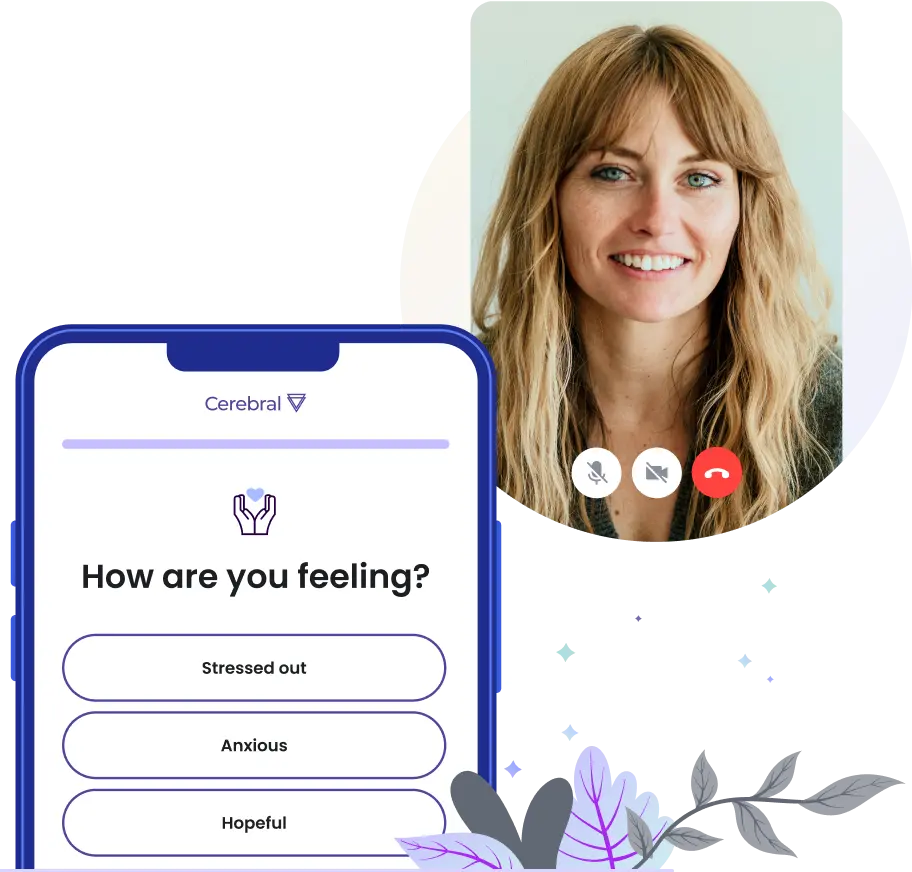What is bipolar disorder?
Bipolar disorder, also known as manic depression, is a mental illness. It’s characterized by extreme fluctuations in mood that come in episodes. Most people can experience mood swings from time to time, but the episodes in bipolar disorder are typically more severe.
These fluctuations in mood alternate between the “highs” of mania and the “lows” of depression.
The manic and depressive episodes in bipolar disorder can last from days to weeks. But, more severe episodes can last months. The duration of these episodes can vary from person to person.
Manic episodes are typically characterized by an energetic, restless, powerful, and euphoric mood. Depressive episodes are characterized by loss of pleasure, loss of energy, sadness, and irritability.
How does bipolar disorder impact everyday life?
Bipolar disorder can be extremely disruptive to someone’s life. Undiagnosed, untreated, or poorly managed bipolar disorder can impact work and school performance, family relationships, and many other important facets of daily living.
Patients suffering from bipolar disorder also have the highest rate of suicide among psychiatric conditions, with a rate 10-30x higher than in the general population.
If you have bipolar disorder, it’s important to start getting treatment as soon as possible, and to stay engaged with your treatment after you do start.
Signs and symptoms
The signs and symptoms of bipolar disorder can vary from person to person. Since bipolar can include both mania and depression, it’s good to know the symptoms of each.
Symptoms of a manic episode
For an episode to be considered “manic,” symptoms must persist for at least a week or require hospitalization. For an episode to be considered “hypomanic,” they must persist for at least 4 days.
The most common symptoms of mania include:
- a prolonged elevated or irritated mood
- increased energy and restlessness
- difficulty concentrating
- inflated self-esteem
- engagement in risky behaviors
- a decreased need for sleep, or poor sleeping patterns
Symptoms of a major depressive episode
The most common symptoms of a major depressive episode include:
- a depressed mood for most of the day, nearly everyday
- a diminished sense of pleasure
- loss of energy
- insomnia (not sleeping) or hypersomnia (feeling too sleepy)
- difficulty concentrating
What other mental health conditions is bipolar associated with?
Bipolar disorder can often be misdiagnosed with other conditions. It could also occur at the same time as other conditions (comorbidity).
The most common conditions that bipolar is associated with include:
- anxiety and anxiety-related disorders
- post-traumatic stress disorder (PTSD) and trauma-related disorders
- attention deficit hyperactivity disorder (ADHD)
- eating disorders, including anorexia and bulimia nervosa
- substance and alcohol abuse
Who is at risk of bipolar disorder?
There are several risk factors for people who have bipolar disorder.
Any of the below risk factors could make you more likely to have bipolar:
- Family genetics. You have higher risk if a first-degree relative, such as a parent or sibling, has bipolar.
- Brain structure and anatomy. Having certain differences in brain structure can increase your risk of bipolar.
- Brain chemistry. Chemicals in the brain can also increase risk of bipolar. When this is the case, medication treatment can be especially effective.
- Trauma and neglect. Childhood trauma can also cause bipolar to set in at a younger age.
- Environmental factors
Gender differences
Bipolar disorder occurs at similar rates in men and women. However, there are some differences in symptom presentation and diagnosis.
Women often:
- may not be diagnosed until their 20s or 30s. In contrast, men are usually diagnosed earlier in life.
- tend to experience more depressive episodes than manic episodes. Men tend to experience more manic episodes.
- experience more rapid cycling between episodes.
- tend to have more comorbid physical health conditions, such as thyroid disease and migraine.
Online Bipolar Treatment
Bipolar disorder can be treated with a combination of mood-stabilizer medication and psychotherapy (talk therapy, cognitive behavioral therapy, and other behavioral interventions). Over 50% of people respond to medication intervention alone. And, an additional 20-30% respond to combination treatments. There is no cure for bipolar disorder.
Fortunately, Cerebral’s online prescribers can diagnose bipolar 1 and 2 and provide proper medication for treatment. Cerebral’s trained talk therapists and care counselors can also provide cognitive behavioral interventions. That means, with Cerebral, you can get both forms of treatment from one place, even without having to leave home.
An important part of treatment for bipolar disorder that Cerebral also emphasizes involves prescription compliance and creating a stable daily routine. This includes tips and strategies for managing health habits like diet, exercise, and sleep. Medication compliance is extremely important with bipolar disorder. If you’re prescribed medication, make sure you stay on track and communicate with your Cerebral care team if you have any issues or questions.
We know that finding bipolar treatment isn’t always easy or affordable. Cerebral is here to make getting help affordable and convenient. If you’re interested in online treatment for bipolar disorder, start your free emotional assessment today.
Medically reviewed by: David Mou, MD, MBA

How to Support a Loved One with Bipolar Disorder

Bipolar vs. BPD: How To Tell The Difference

9 Common Triggers for Bipolar Episodes

Call 911 if you’re having a
mental health emergency
Text Home to 741-741 if you're in emotional
distress and need immediate support
Call or text 988 Suicide &
Crisis Lifeline. Chat service
is available at 988lifeline.org.